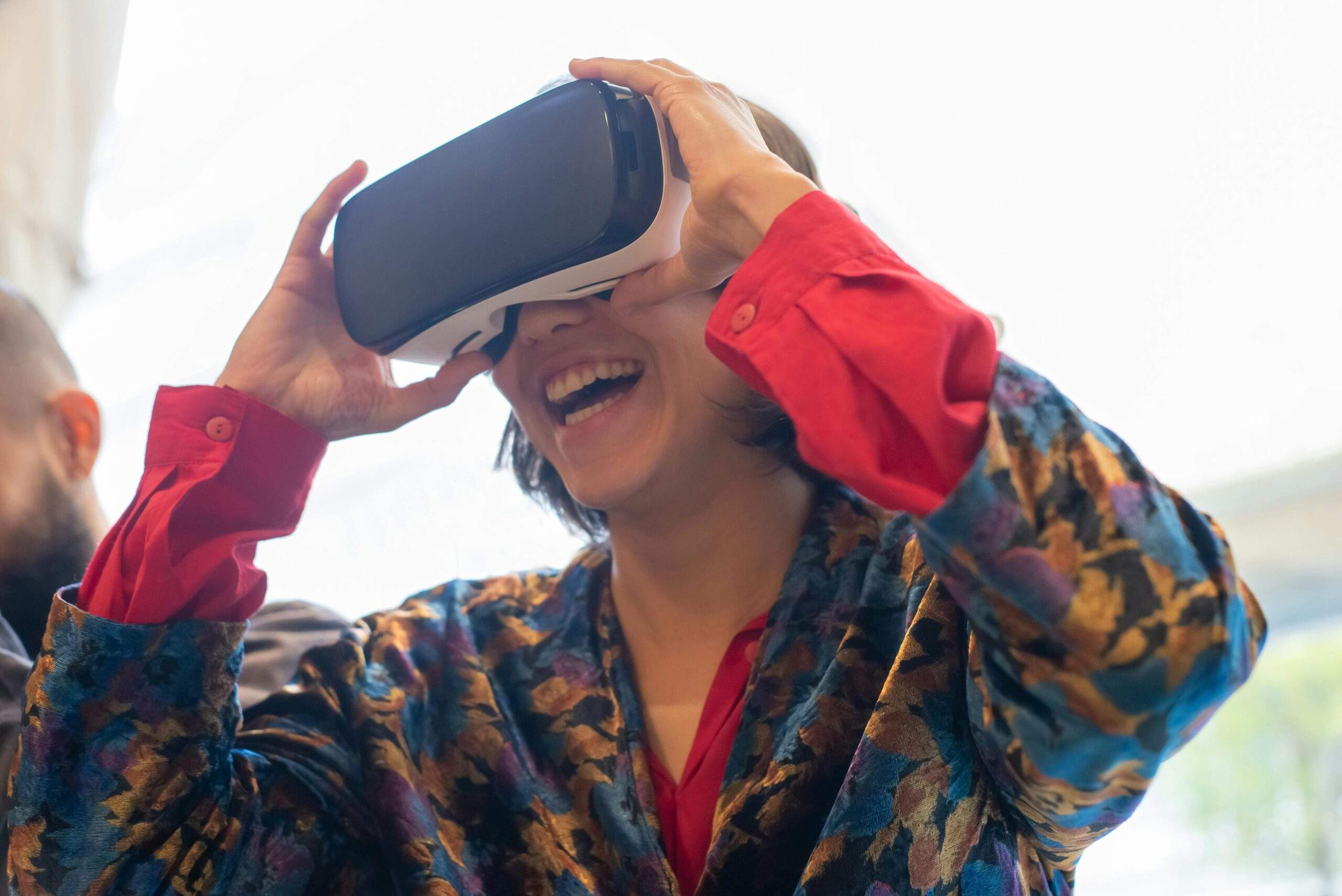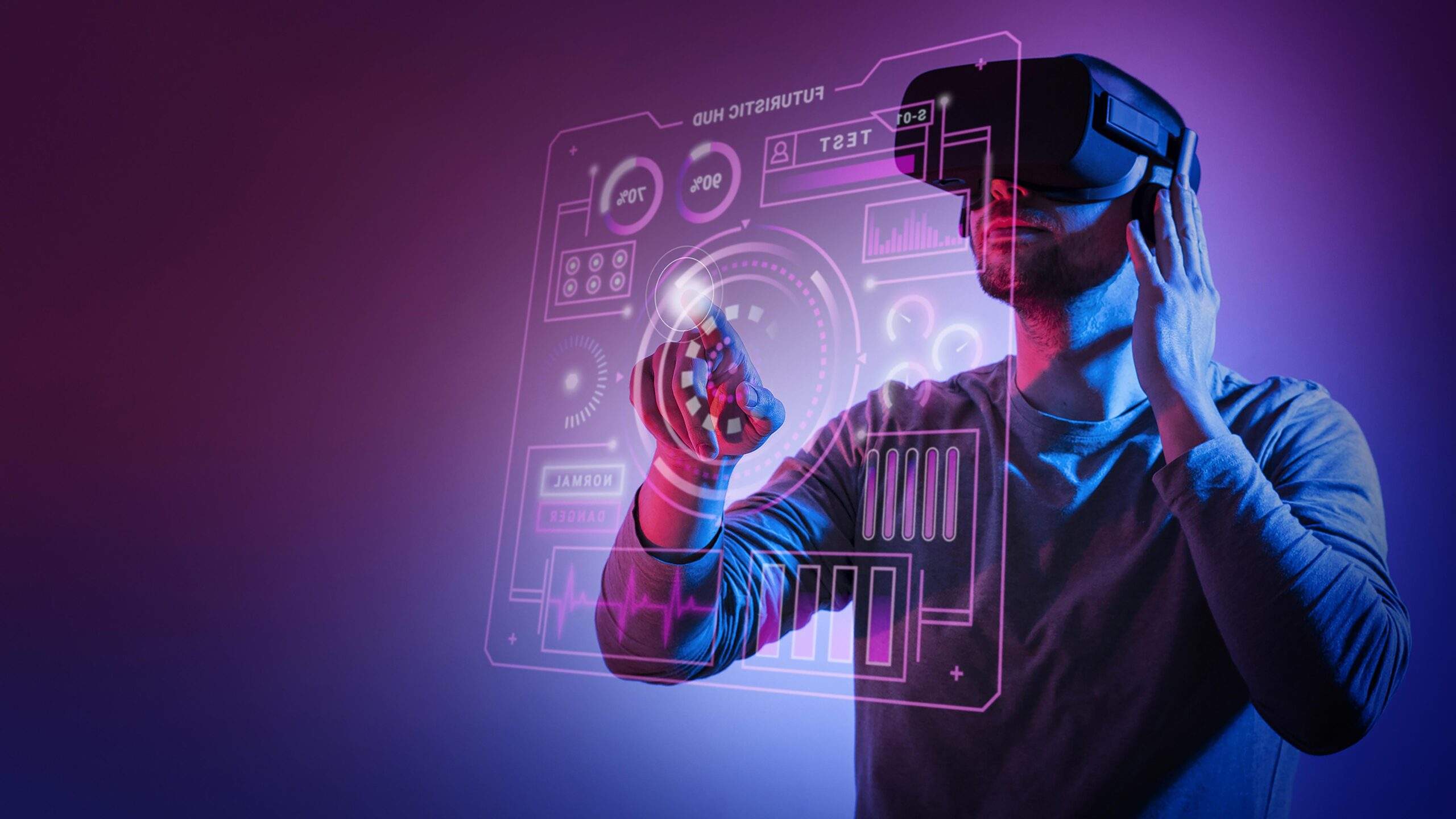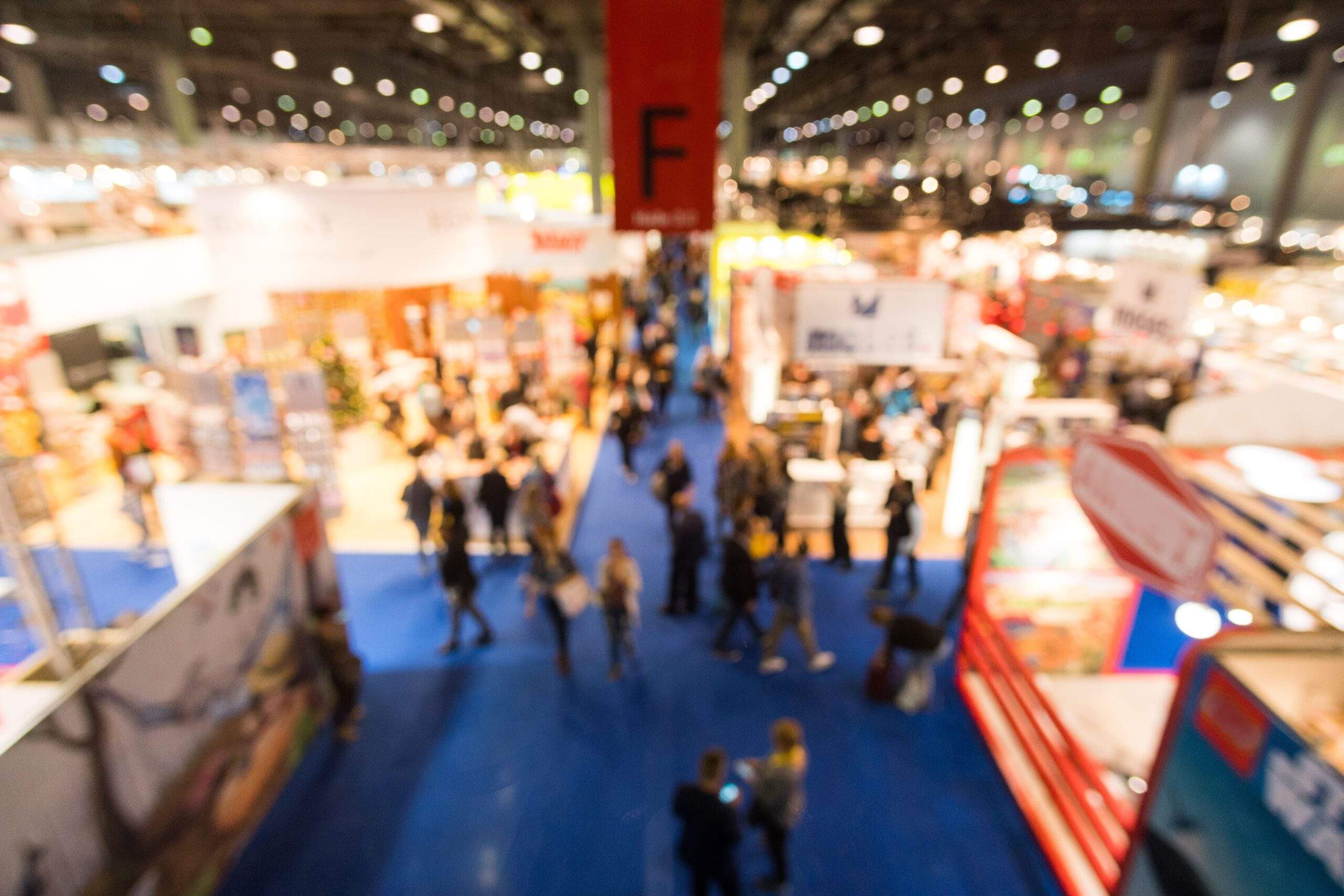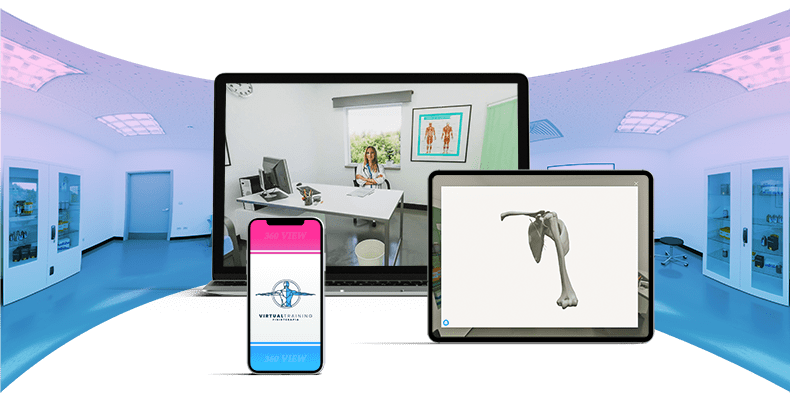In recent years, Augmented Reality (AR) and Virtual Reality (VR) technologies are becoming increasingly used in several sectors, including agriculture. These can offer different solutions to improve efficiency and productivity in agricultural activities.
As for some data, according to the BIS Research report, the global augmented reality market in agriculture was valued at $0.84 million in 2021 and is expected to reach $4.89 million by 2027, growing at a CAGR of 34.49% during the forecast period 2022-2027.
The high market growth is expected to be driven by the increasing demand for smart farming methods, thus leading to an increase in demand for other digital technologies along with augmented reality.
Let us now look at some examples of the application of these technologies in the agricultural sector.
Augmented Reality in agriculture
The two main applications of AR in agriculture are outdoor farming, including activities such as precision and smart farming, livestock monitoring, simulated training, weather forecasting, and indoor farming.
AR inspection of farmed fields
Augmented Reality, for example, can be used to visualise real-time information on cultivated fields.
Using drones with AR cameras and sensors, for example, farmers can detect plant diseases or pests, make informed decisions on crop management, sowing, fertilising, harvesting and reduce costs associated with manual inspection of fields.
In addition, they can wear smart glasses or viewers to gain access to data and information about crops, plants, such as their maturity, the presence or not of pests or diseases, the need for fertilisers or irrigation to gain a better understanding of their health and development.
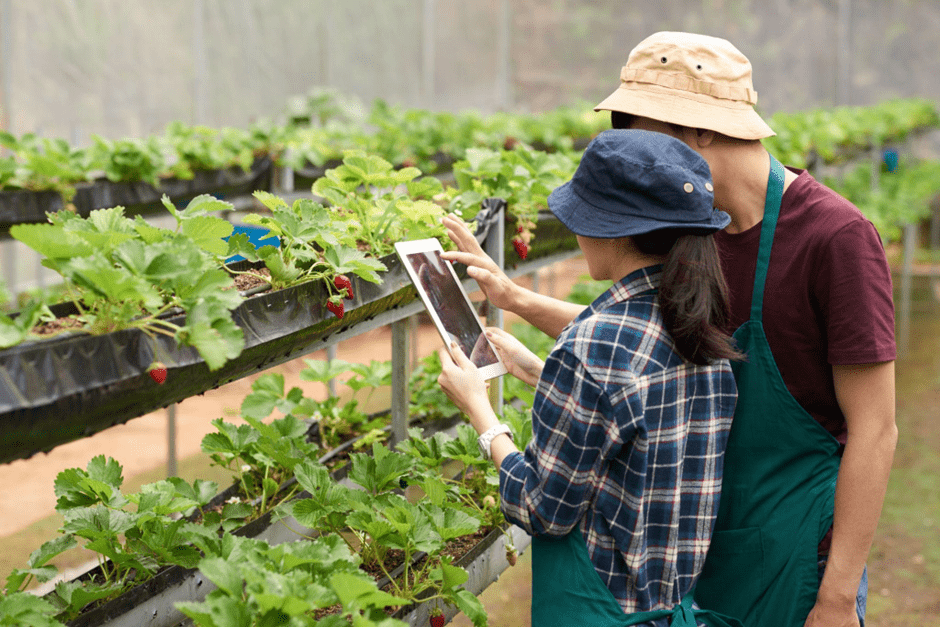
In this way, AR tools allow for more informed field management decisions, help reduce time and costs related to manual inspection, improve efficiency and productivity, and reduce waste.
An example of using Augmented Reality in cultivated fields is the French company Naïo Technologies, which has developed an agricultural robot equipped with a camera and AR sensors.
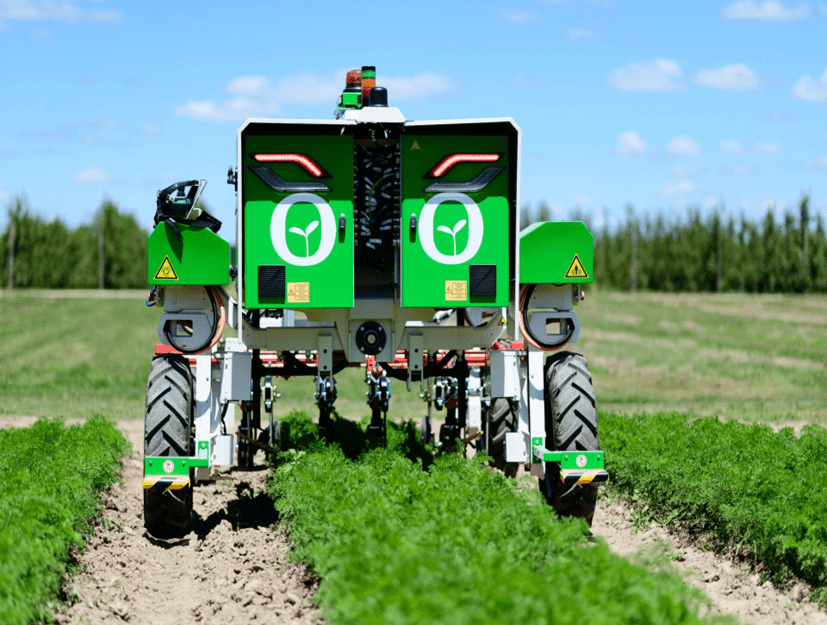
This robot can be used to inspect fields, detecting plant diseases or pests. Farmers can then make more informed crop management decisions, reducing costs related to manual field inspection and increasing crop yields.
Virtual Reality in farmer training
Virtual Reality can be used to train farmers on different activities, such as driving tractors or pruning trees.
With VR technology, virtual learning environments can be created to show how to use farm equipment correctly or how to perform cultivation practices, simulate real-life situations, and learn how to handle tasks more safely and efficiently.
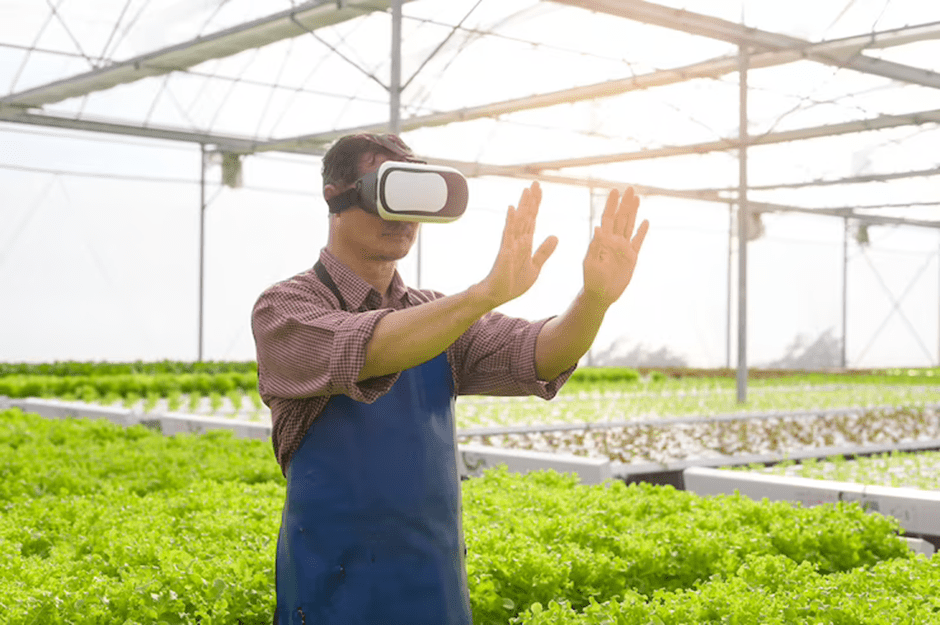
In addition, Virtual Reality can also be used to prevent accidents at work. For example, workers can be trained in safety procedures through simulations of dangerous situations, without running the risk of actually being injured.
Creating a 3D visualisation
Virtual reality helps to recreate a working environment in 3D. This helps farmers to carry out pre-planting or harvesting activities. It also helps him to know his strengths and weaknesses in the technique.
Augmented Reality and livestock management
Augmented Reality can be used for animal management.
For example, there are livestock collars fitted with AR sensors that can detect animal behaviour and health status, providing real-time information to farmers.
This can help them make more informed animal management decisions and, at the same time, try to prevent and improve animal welfare and the overall yield of meat and milk production.
Conclusions
The adoption of augmented and virtual reality technologies in agriculture offers many opportunities to improve the efficiency and productivity of the agricultural sector.
Thanks to these technologies, farmers can make more informed and detailed decisions, training their employees in a more efficient way and managing operations safely and effectively.
The use of these technologies is expected to grow in the next few years, helping to make the agricultural sector more digital and innovative.
Visit our website to discover what we can achieve for your business!


